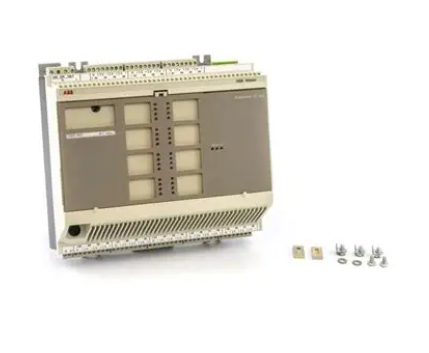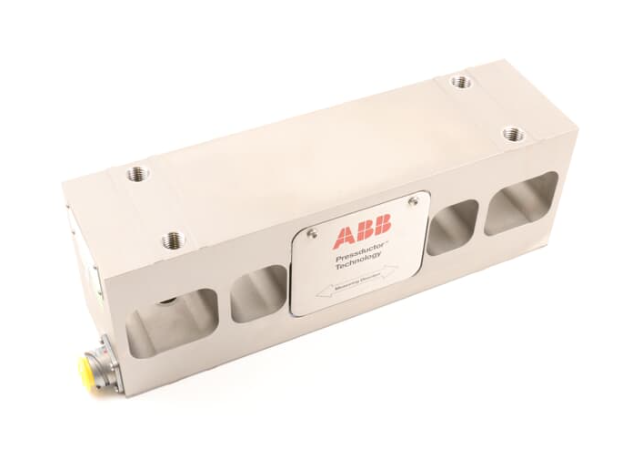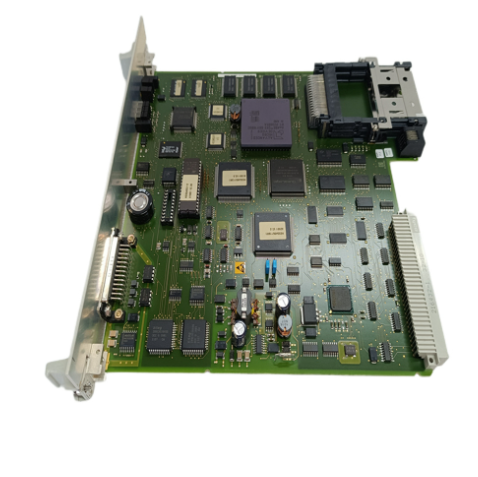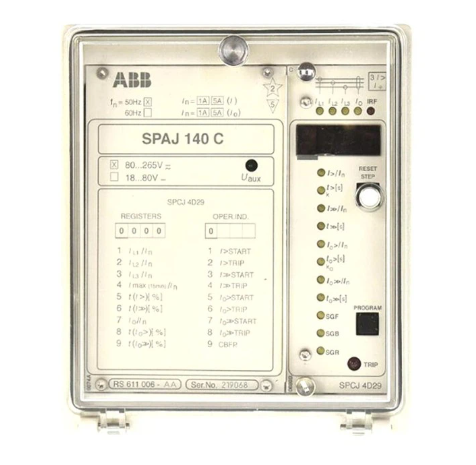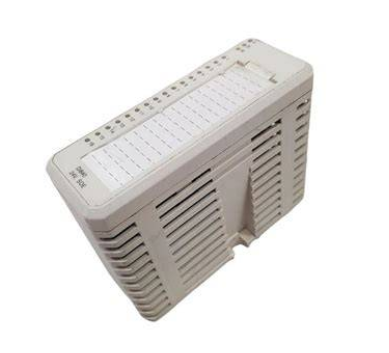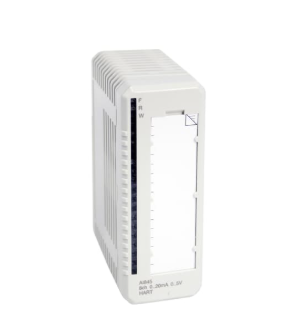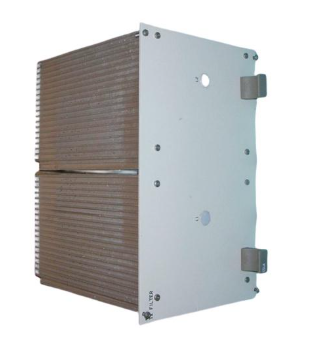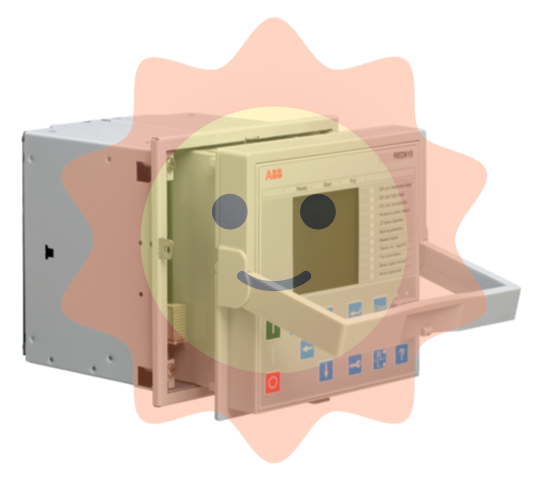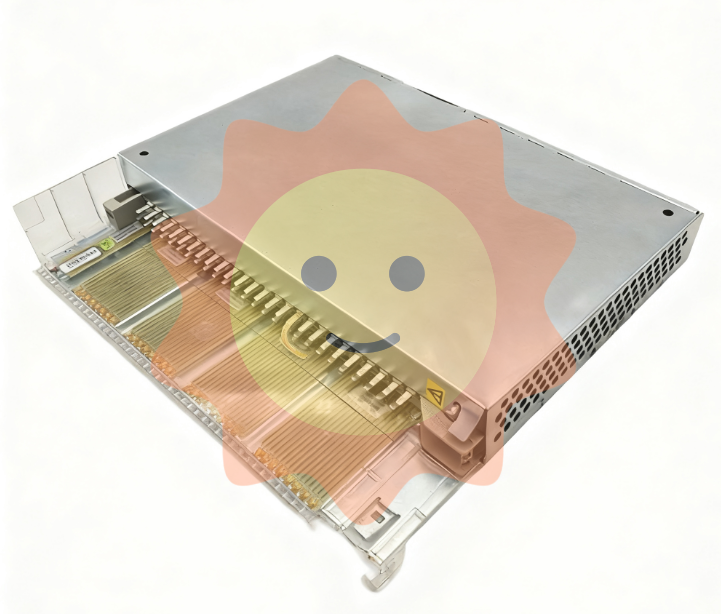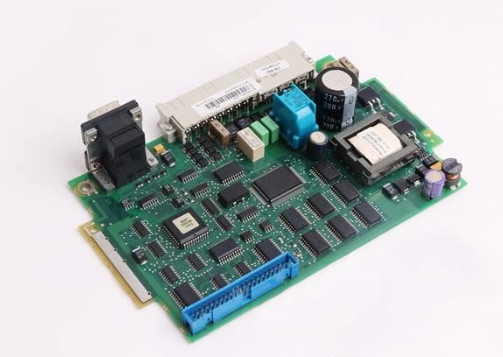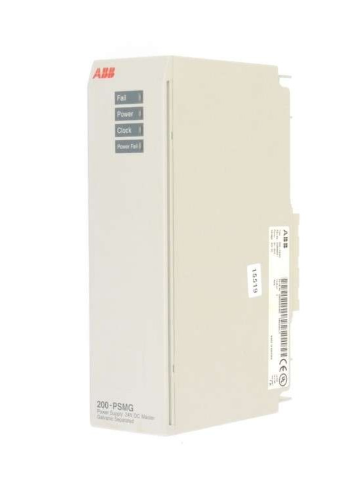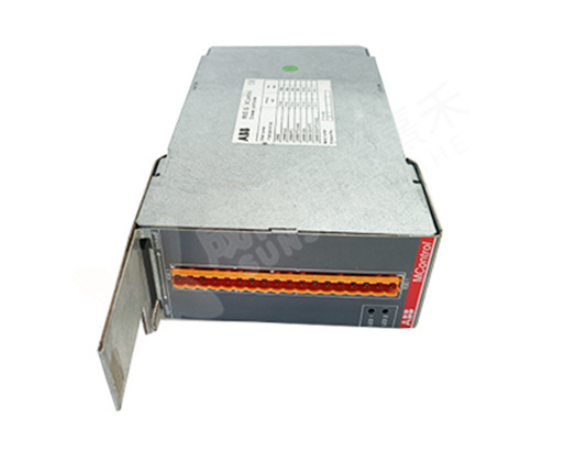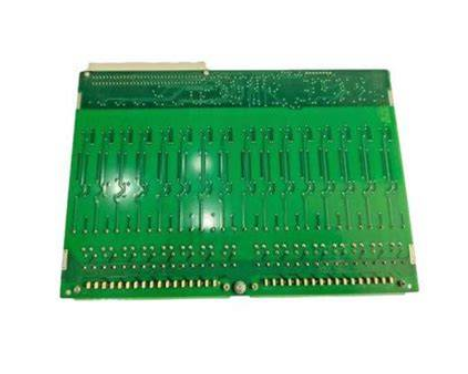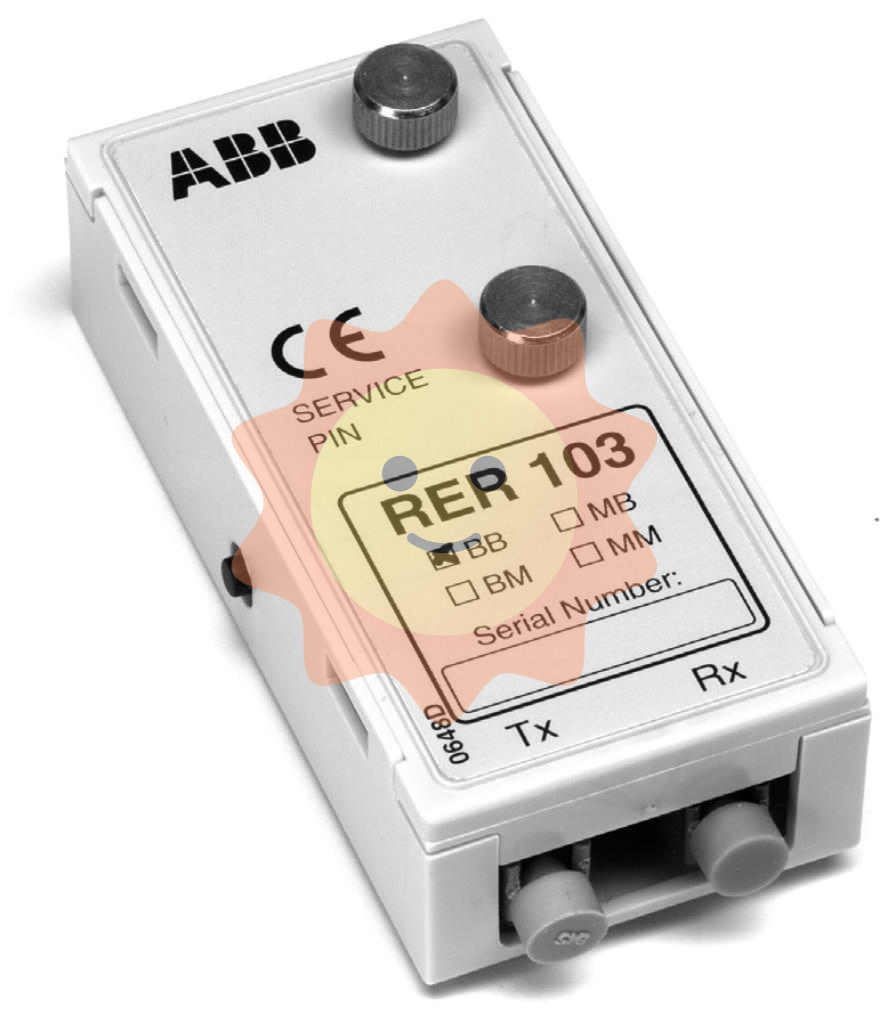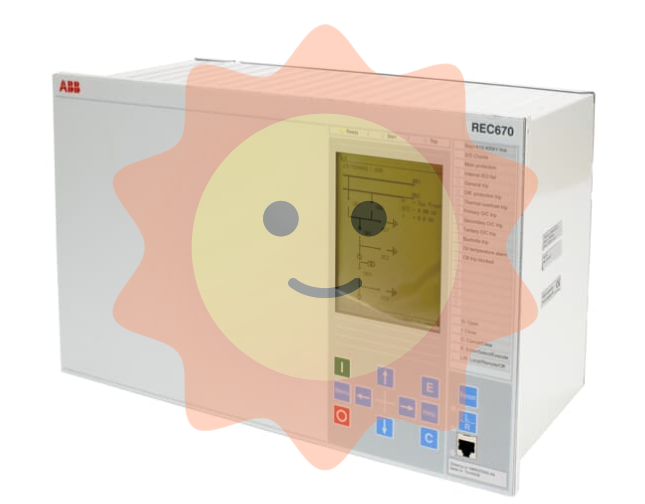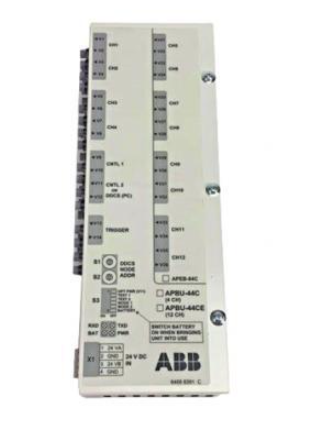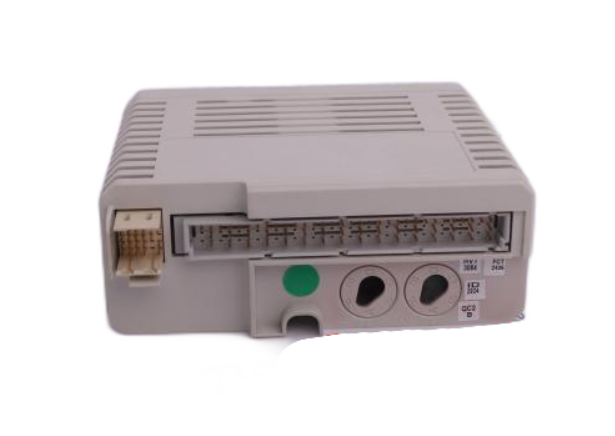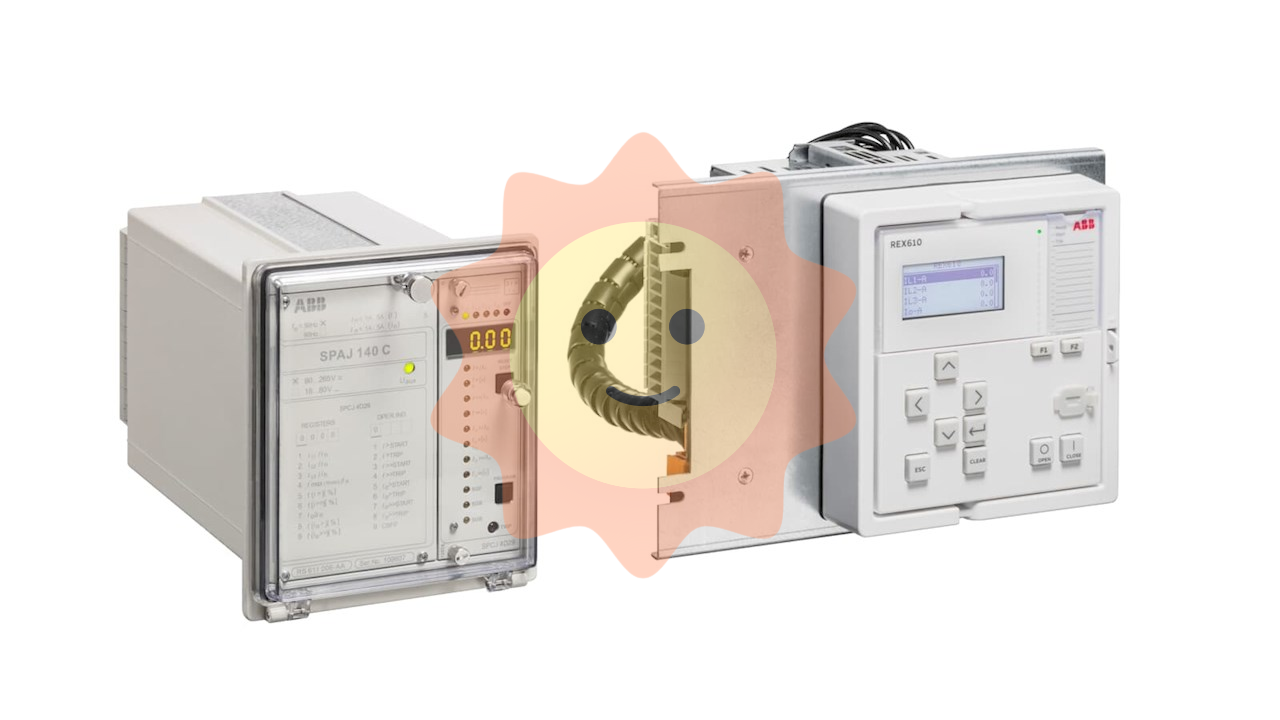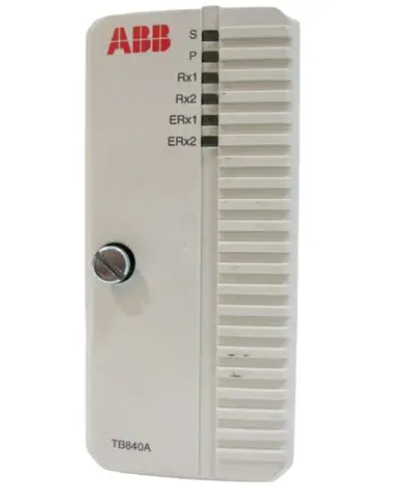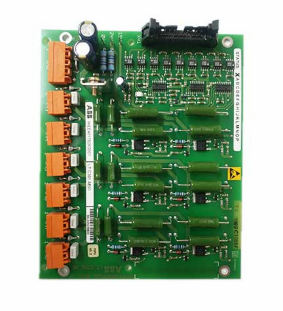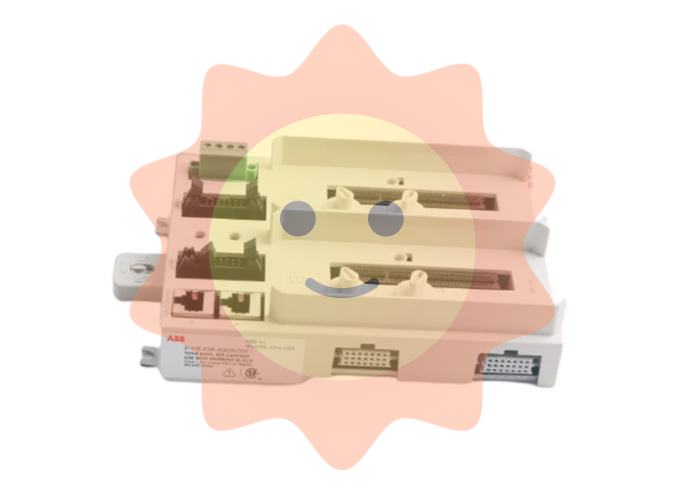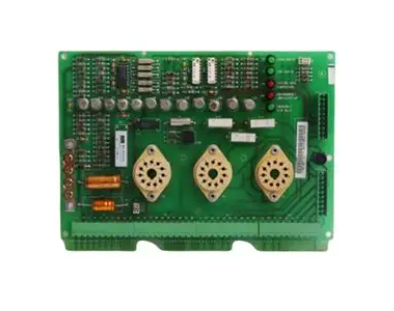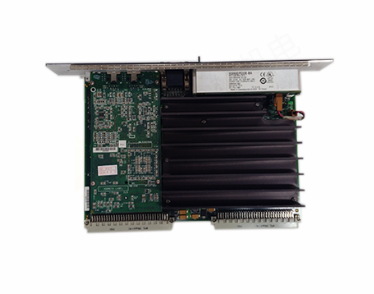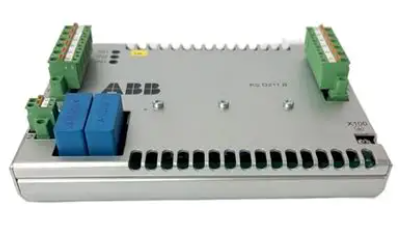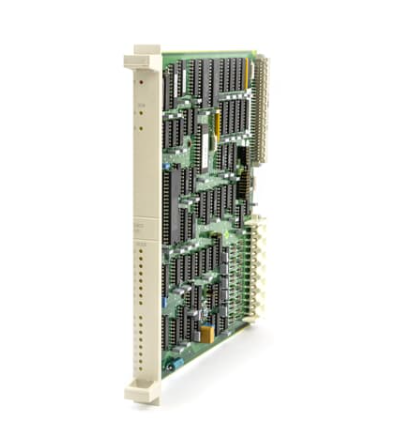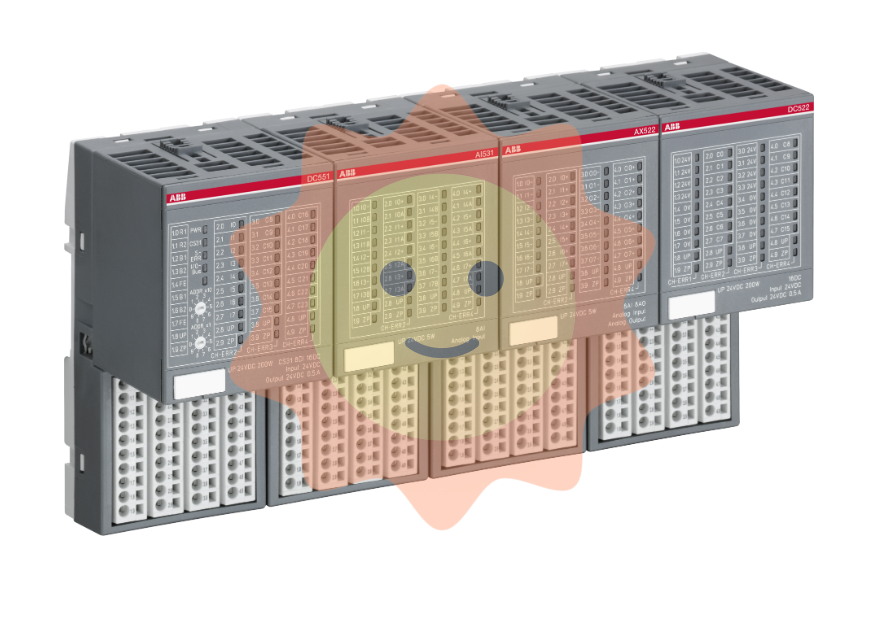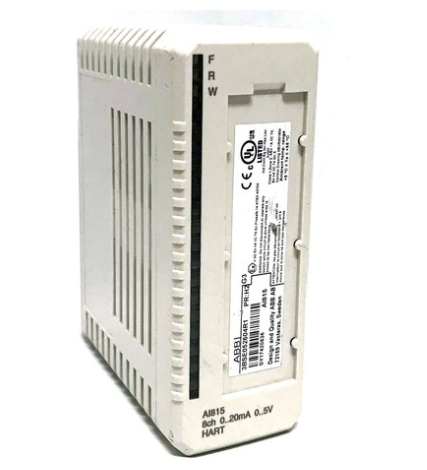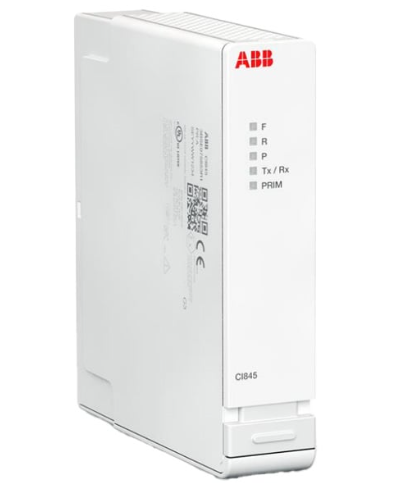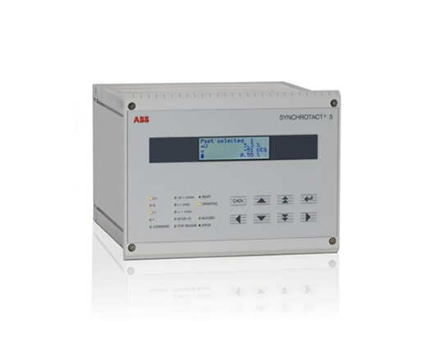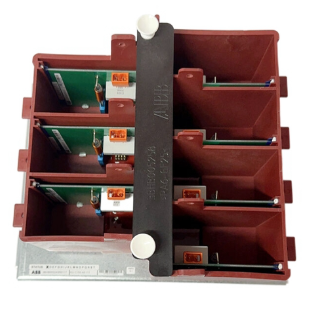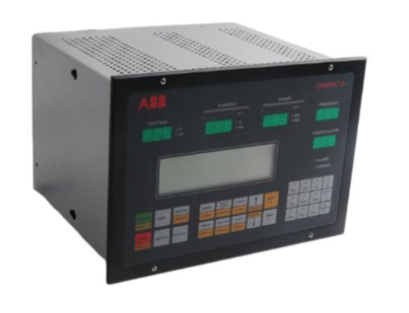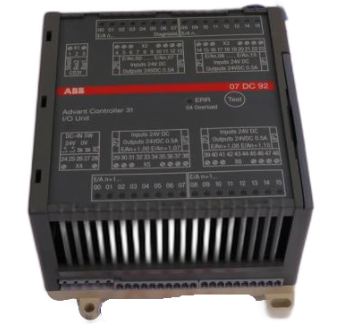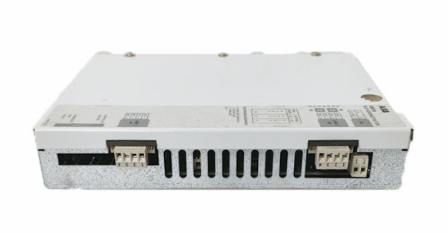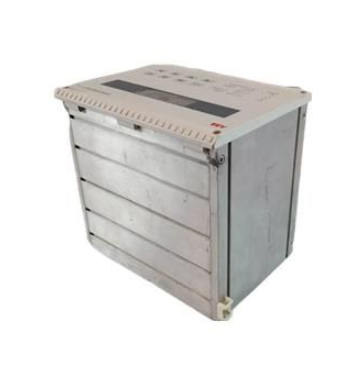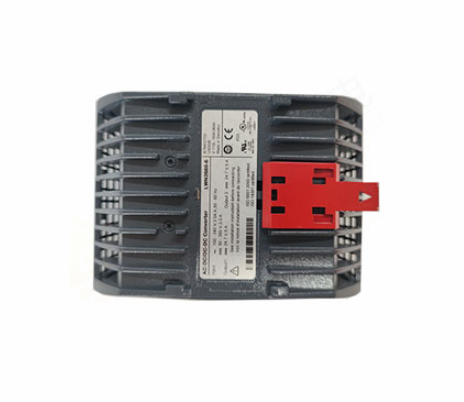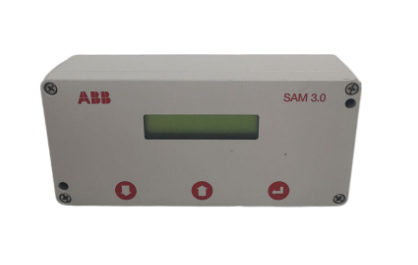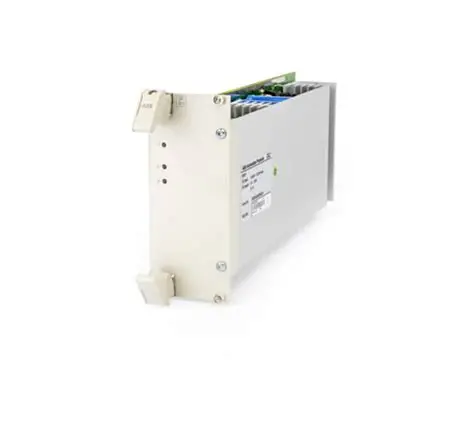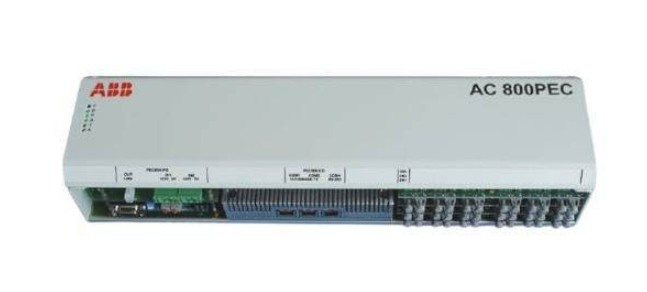Intensive processes used in large wastewater treatment plants
When more than 2000-4000 population equivalent sewage can be centrally collected [9], its treatment is generally carried out in a centralized sewage treatment plant, where the microorganisms used for sewage purification are either suspended in water (called activated sludge) or fixed to fillers (submerged biofilters). The advantage of these sewage treatment plants is their small footprint. However, these treatment plants consume a lot of energy (about 60-90 KWH/person/year), especially for providing oxygen to bacteria by means of agitation and aeration (Figure 6). They produce a large amount of residual sludge (20-22 kg dry matter/inhabitant/year), mainly composed of non-biodegradable suspended matter and biological matter produced in bioreactors.
Environmental Encyclopedia - Sewage - Sewage treatment processes include:
Pretreatment steps to remove large debris (grille unit), sand (sanding unit) and grease (degreasing unit)
Activated sludge reactor
Settling tank
It may also include tertiary treatment (such as UV irradiation disinfection) before release into the natural environment.
Activated sludge treatment plants usually consist of two or three bioreactors in series, whose layout and operating conditions are chosen to optimize the removal efficiency of organic, nitrogen and phosphorus pollution. In the clarifier, the bacterial floc formed in the activated sludge tank occurs liquid/solid separation, i.e. the treated sewage overflows from the upper part of the clarifier tank, while the sludge settles at the bottom of the clarifier tank (Figure 8). Some of the sludge is returned to the bioreactor, while the remaining sludge is sent to the sludge treatment and resource/energy recovery systems. This type of sewage treatment plant was invented in 1914 and is currently used to treat 90% of municipal sewage in France.

Environmental Encyclopedia - Sewage - Activated sludge reactor samples
Figure 8. Biological material sample just taken from the activated sludge reactor (left sample) and 30 minutes after settling (right sample). The supernatant represents treated water. [©Joseph De Laat]
The use of porous membrane filtration instead of clarifier can achieve higher biomass concentrations in bioreactors (membrane bioreactors). Compared to precipitation, membrane filtration ensures that the treated water does not contain suspended solids and is better able to remove bacteria [10].
Biological filtration wastewater treatment plant. This process, developed in the 1980s, removes organic and nitrogen pollution through attached growth biological matter formed in an immersed filter. The medium in the filter (particle size: 4-6 mm) is both a filler for biofilm growth and a filter medium. The treated water at the outlet of the biofilter can be discharged directly into the receiving water environment (no clarification tank is required). In order to avoid the biological filter being clogged too quickly, the suspended solids in the sewage should be thoroughly removed before biological filtration. The biofilter is cleaned daily to remove the suspended solids and biomass trapped in the filtration process.
3.3. Extensive processes used in small wastewater treatment plants

The natural lagoon method refers to the circulation of sewage to be treated in three connected, shallow (1-1.4 m), non-leaking pools (lagoons) for several days.
Encyclopedia of the Environment - Sewage - Natural Lagoon Law
Figure 10. Natural lagoon method for removal of organic, nitrogen and phosphorus pollution. [©Joseph De Laat]
Natural lagoon wastewater treatment is mainly achieved through biological reactions occurring in the upper water layer and sedimentation of sedimentable substances occurring at the bottom of the pool.
Upper water layer: Under aerobic conditions, bacteria oxidize to degrade biodegradable organic matter (especially in the first pool) and nitrogenous organic matter (nitrification occurs mainly in the second and third pools). Dissolved oxygen is provided through the exchange between water and the atmosphere, in which microalgae (photosynthesis) play an important role. In the process of growth and reproduction, microalgae assimilate and absorb part of nitrogen and phosphorus in sewage.
Pool floor: Since there is no dissolved oxygen (no photosynthesis) at the bottom of the lagoon, partial denitrification of nitrated nitrogen can occur as well as possibly leading to an anaerobic fermentation reaction (producing hydrogen sulfide).
The sewage purification performance of the lagoon method changes with the change of season, sunshine and water temperature. The ponds need to be cleaned every 10 to 12 years because of sediment buildup.
Encyclopedia of the Environment - Sewage - filter for growing reeds
FIG. 11. Filter for planting reeds.
The reed filter represents an artificial version of a natural marsh (Figure 11). The conventional method is to filter large particles of impurities through two cascaded filters that have been previously removed (through the grid). Each filter consists of a 60-90 cm thick gravel layer planted with reeds. Biological purification is achieved by trapping suspended solids on the surface of the filter and by the biomass of purification attached to the filter material and reed roots. The basic function of the reed is to achieve mechanical cleaning of the filter under the action of wind. The footprint required to grow the reed filter is five to six times smaller than the natural lagoon method and fits in well with the surrounding landscape (see emphasis: Reed filter).

4. Wastewater treatment plants of the future: true energy and resource recovery plants
The main objective of a sewage treatment plant is to reduce the amount of pollutants discharged into the natural environment. They can also become real factories to produce green energy, raw materials or reuse treated water. [11], [12] These new features are part of initiatives developed by the city and local authorities for sustainable development, circular economy, renewable energy production and global warming.
4.1. Green energy production
The sewage produced per inhabitant per year corresponds to about 20 to 25 kg (dry weight) of sludge produced in sewage plants. This sludge contains about 65% organic matter, nitrogen and phosphorus and has long been used in agriculture (fertilization, composting). They are increasingly being used in large wastewater treatment plants to produce renewable energy. Sludge incineration (incinerated alone or with household waste, or used in cement plants) reduces fossil fuel consumption.
Anaerobic digestion of sewage plant sludge produced per person per year produces about 6 m3 of biogas (containing 65% methane and 30% carbon dioxide). After purification, biogas can be used for heating or power generation, or injected into urban gas networks. The methanation of sewage sludge is a mature process, and new plants are currently being built to find ways to increase biogas production and recovery rates.
If there is enough head and water volume, turbines can be installed in the upstream or downstream pipes of the sewage treatment plant to convert water energy into electricity. As a result, Switzerland can generate at least 9.3 GWh/ year of hydroelectric power from sewage heads in a cost-effective manner, and has already achieved 3.5 GWh/ year of capacity .
Sewage heat is a renewable energy source . Heat exchangers can be used to recover heat energy from sewage networks or wastewater treatment plants for heat production and cooling by heat pumps. At present, sewage heat recovery is going through a very rapid development stage for domestic hot water production, heating and air conditioning in public buildings, swimming pools and other buildings. Pilot studies are currently underway to grow microalgae crops using nitrogen and phosphorus from treated sewage as a source of nutrients for the production of biofuels (read Biofuels: The future of microalgae? ).
Biopiles are a class of reactors that use bacteria to directly convert energy released during the oxidation of biodegradable compounds into electricity. One of the current research hotspots is to develop bio-piles that are technically and economically feasible.

4.2. Raw material production/resource recovery
Phosphorus can be precipitated from sewage (in the form of calcium phosphate or struvite particles [16]) and used as an agricultural fertilizer. Results from one of the first phosphorus recovery industrial projects (Aarhus wastewater treatment plant, Denmark, 85,000 population equivalent) show that each inhabitant discharges 700-750g of phosphorus per year, 60% of which can be recycled, thereby reducing the import of phosphate ores.
Sewage contains copper, silver, gold, platinum, palladium, vanadium and other precious and rare metals, according to the research results of Arizona State University, a city of 1 million people, its annual sewage plant sludge contains 13 million dollars of metals, including 2.6 million dollars of gold and silver. These metals are present in sewage plant sludge . In Japan, a sewage treatment plant has begun to recover gold from the incineration ash of sewage sludge. [18]
Recent pilot studies have shown promise in the production of biodegradable bioplastics (polyhydroxyalkanoate: PHA) using bacteria to convert organic matter from sewage or sewage plant sludge. A wastewater treatment plant with a treatment scale of 1 million population equivalent has the potential to produce 18,000 tons of PHA per year.
4.3. Reuse of reclaimed sewage
Many parts of the world face seasonal and even perennial water shortages, and treated sewage can be reused to make up for water shortages. They can be used to irrigate green Spaces and golf courses, irrigate agricultural areas, meet industrial water needs, or produce drinking water [19] (either directly for the production of drinking water or indirectly by replenishment of reservoirs or infiltration into groundwater bodies). According to the purpose of sewage reuse, sewage after treatment by the treatment plant needs to undergo appropriate post-treatment, from simple disinfection to a far more complex series of treatment.
5. Information to remember
The purpose of wastewater treatment was initially for sanitation and health protection in large cities, and then expanded in the 1970s to meet stricter discharge standards to protect the natural environment.
Urban sewage is treated by biological method, supplemented by physical and chemical method for phosphorus removal. Industrial wastewater is treated separately in a specific plant.
In urban areas with more than 2,000 to 4,000 inhabitants, intensive sewage treatment plants mainly use activated sludge (in France, 90% of municipal sewage is collected and treated).
For small communities, extensive wastewater treatment plants use natural lagoon methods or reed filters.
Technological development for wastewater plants is ongoing and currently focuses on the utilization of wastewater plant sludge, including the recovery of energy in the form of biogas or heat, as well as the production of fertilizers or bioplastics, and sometimes the recovery of metals extracted from them.
- EMERSON
- Honeywell
- CTI
- Rolls-Royce
- General Electric
- Woodward
- Yaskawa
- xYCOM
- Motorola
- Siemens
- Rockwell
- ABB
- B&R
- HIMA
- Construction site
- electricity
- Automobile market
- PLC
- DCS
- Motor drivers
- VSD
- Implications
- cement
- CO2
- CEM
- methane
- Artificial intelligence
- Titanic
- Solar energy
- Hydrogen fuel cell
- Hydrogen and fuel cells
- Hydrogen and oxygen fuel cells
- tyre
- Chemical fiber
- dynamo
- corpuscle
- Pulp and paper
- printing
- fossil
- FANUC
- Food and beverage
- Life science
- Sewage treatment
- Personal care
- electricity
- boats
- infrastructure
- Automobile industry
- metallurgy
- Nuclear power generation
- Geothermal power generation
- Water and wastewater
- Infrastructure construction
- Mine hazard
- steel
- papermaking
- Natural gas industry
- Infrastructure construction
- Power and energy
- Rubber and plastic
- Renewable energy
- pharmacy
- mining
- Plastic industry
- Schneider
- Kongsberg
- NI
- Wind energy
- International petroleum
- International new energy network
- gas
- WATLOW
- ProSoft
- SEW
- wind
- ADVANCED
- Reliance
- YOKOGAWA
- TRICONEX
- FOXBORO
- METSO
- MAN
- Advantest
- ADVANCED
- ALSTOM
- Control Wave
- AB
- AMAT
- STUDER
- KONGSBERG
- MOTOROLA
- DANAHER MOTION
- Bently
- Galil
- EATON
- MOLEX
- Triconex
- DEIF
- B&W
- ZYGO
- Aerotech
- DANFOSS
- KOLLMORGEN
- Beijer
- Endress+Hauser
- MOOG
- KB
- Moxa
- Rexroth


Email:wang@kongjiangauto.com

